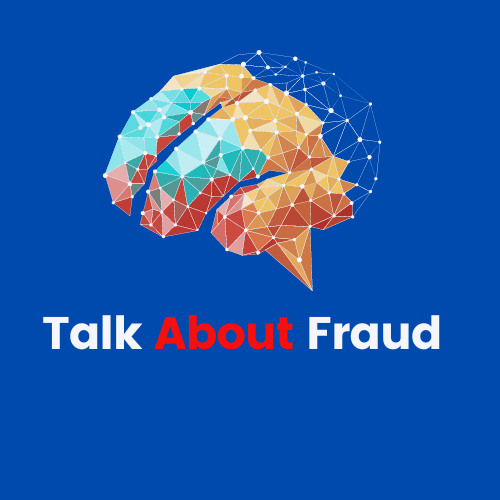The Escalating Threat of fraud hits online

Online fraud continues to pose significant challenges globally. In 2023, losses due to fraud scams and bank fraud were estimated at $485.6 billion worldwide. Notably, in Europe, 80% of reported frauds are cyber-enabled, with cross-border fraud rates being nine times higher than domestic ones. The threat of fraud is real!
Financial intelligence units are responding proactively. For instance, France’s Tracfin froze six times more suspicious transactions in 2023 compared to the previous two years combined, targeting various fraud types, including subsidies fraud and VAT fraud. But there is a lot of work that still needs to be done to enhance computer security and protect public and private finances.
Advancements in Fraud Detection Technologies
To counteract the increasing complexity of fraudulent schemes, organizations are investing in advanced technologies:
- Artificial Intelligence (AI) and Machine Learning (ML): These technologies analyze vast datasets to identify unusual patterns indicative of fraud. Their ability to adapt to new fraud tactics makes them indispensable in modern fraud detection systems.
- Behavioral Analytics: By establishing a baseline of normal user behavior, deviations can be detected in real-time, allowing for swift responses to potential fraud. This has helps reduce the threat of fraud but diligence is still important.
- Multi-Factor Authentication (MFA): Implementing MFA adds an extra layer of security, making it more challenging for unauthorized users to access sensitive information.
Regulatory Measures and Industry Collaboration
Governments and regulatory bodies are enhancing frameworks to combat cybercrime:
- Cyber Incident Reporting for Critical Infrastructure Act (Circia): Introduced in the U.S. in 2022, Circia mandates timely disclosure of cyber incidents, aiming to strengthen national cyber defenses. Financial Times
- Network and Information Systems Directive (NIS2): Set to take effect in the EU in October 2024, NIS2 expands the scope of sectors required to report cyber incidents within 24 hours, emphasizing the importance of prompt response. Financial Times
International cooperation has also yielded successes. In February 2024, agencies like the FBI, UK’s National Crime Agency, and Europol collaborated to disrupt the LockBit hacking group, known for high-profile ransomware attacks.
Emerging Fraud Schemes
Fraudsters continually develop new methods to exploit vulnerabilities:
- Ad Fraud: This involves falsifying the number of times an online advertisement is clicked or displayed, leading to financial losses for advertisers. Common tactics include domain spoofing, click fraud, and ad stacking. DataDome
- Social Media Scams: With the rise of social media usage, scams such as clickbait, fake giveaways, and credit repair frauds have become prevalent, often leading to data theft or financial loss. JDCU Fortunately users are more and more skeptical and this leads to an added level of protection. But with this protection, the sophistication of schemes continues to grow. Education and skepticism in the key self defense.
Best Practices for Fraud Prevention
Organizations and individuals can adopt several strategies to mitigate fraud risks:
- Employee Training: Educating staff about common fraud schemes and promoting a culture of vigilance can significantly reduce the likelihood of successful attacks.
- Regular System Updates: Ensuring that all systems are up-to-date with the latest security patches helps protect against known vulnerabilities.
- Zero-Trust Architecture: Implementing a zero-trust approach, where no entity is trusted by default, adds an additional layer of security.
- Public Awareness: Educating the public about common scams, such as phishing and investment fraud, empowers individuals to recognize and avoid potential threats. Marks & Spencer Bank
Conclusion
The landscape of fraud detection is rapidly changing, with both challenges and solutions evolving concurrently. By staying informed about the latest trends, investing in advanced technologies, adhering to regulatory requirements, and fostering collaboration, organizations and individuals can better protect themselves against the pervasive threat of fraud.
Recent Developments in Online Fraud Prevention
Letter: The missing tools in the fight against online fraud
102 days agoFinancial TimesTechnology and cyber crime: how to keep out the bad guys188 days ago



I discovered your blog website on google and check just a few of your early posts. Proceed to keep up the superb operate. I just additional up your RSS feed to my MSN News Reader. Looking for forward to studying more from you in a while!…